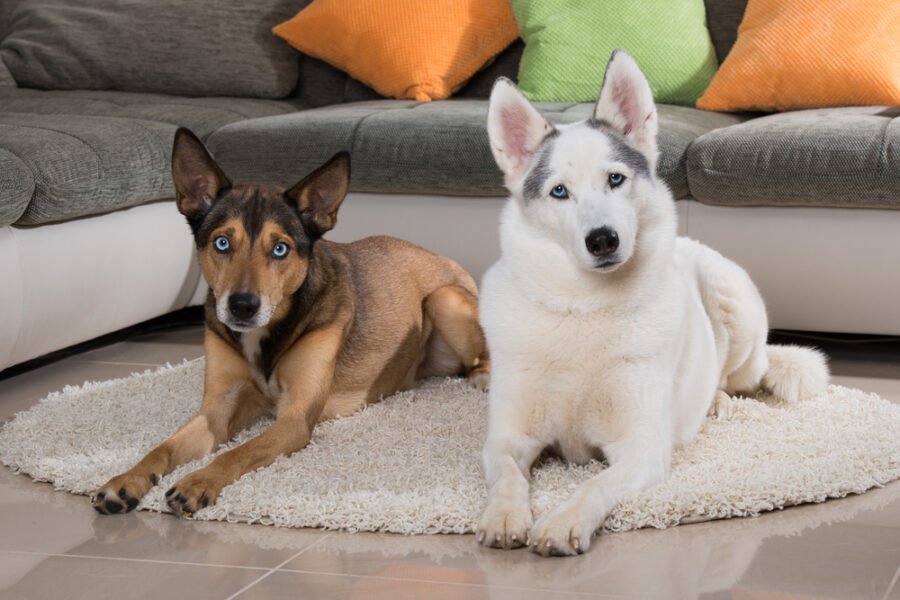A recent study represents a groundbreaking step forward in the understanding of canine hierarchy and behavior within multi-dog households.
In multi-dog households, understanding canine hierarchy can be helpful for maintaining harmony and ensuring the well-being of all furry inhabitants. While previous assessments of dog rank relied on owner-completed questionnaires, a new study has gone deeper, seeking to validate these rankings through biologically meaningful behavioral tests.
Led by pioneering researchers, the study aimed to establish associations between rank scores obtained from the Dog Rank Assessment Questionnaire (DRA-Q), and the behavior of cohabiting dogs in both competitive and non-competitive scenarios. Intriguing correlations emerged in both a toy possession test involving 32 dog pairs, where dogs vied for a coveted toy, and a greeting test with 20 dog pairs in a citizen science setting.
Toy Possession Test
In this test, the dogs’ rank scores provided a reliable indication of their behavior, with dominant dogs more likely to grab the toy first and maintain possession until the end of the session. This tangible link between questionnaire-derived rank scores and observable behaviors underscores the validity of the DRA-Q in assessing canine hierarchy.
Greeting Test
Similarly, the greeting test revealed compelling insights into rank-related behaviors, with dominant dogs exhibiting assertive and leadership traits, and submissive dogs displaying deferential behavior. The alignment between the agonistic and leadership subscores of the DRA-Q and observed behaviors further validates the questionnaire-based rank scoring method.
Different Ranks Relevant in Different Contexts
Previous research has demonstrated that different types or aspects of rank, while not independent of each other, did not completely overlap. Our results now show this is the

case in companion dogs as well, concludes Péter Pongrácz, principal investigator and associate professor in the department of ethology at ELTE Eötvös Loránd University in Budapest, Hungary. Different types of rank might be more relevant in different contexts, so while we do think the concept of dominance hierarchies in companion dog groups has its place in investigating and interpreting behavior, using dominance or rank as a be-all-end-all explanation in any context could be more than misleading.
The study’s finer analysis uncovered nuances in the predictive power of different components of the ranking system. Traits associated with agonistic dominance proved particularly relevant across contexts, offering valuable insights into the intricate dynamics of multi-dog households.
What the Findings Mean for Veterinary Professionals
For veterinary professionals, these findings hold significant implications for understanding and addressing behavioral issues in canine patients from multi-dog households. By recognizing the hierarchical structure within these environments, veterinarians can tailor interventions to promote harmony and mitigate potential conflicts.
Furthermore, the validation of the DRA-Q opens new avenues for assessing and addressing rank-related behaviors in companion dogs. Armed with a more nuanced understanding of canine hierarchy, veterinarians can provide tailored guidance to pet owners, fostering healthier relationships and enhancing the overall well-being of their furry companions.







